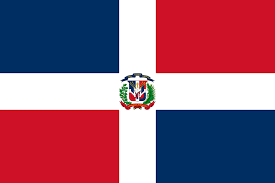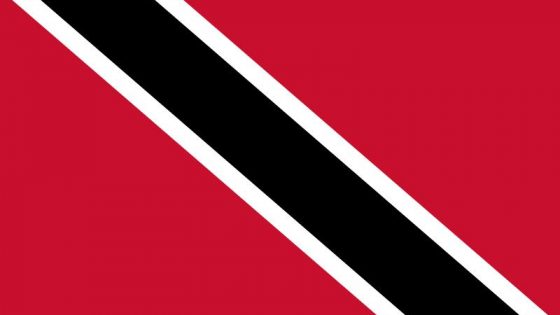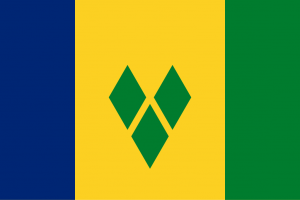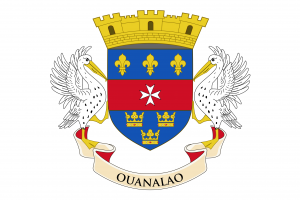
Trinidad and Tobago is a dynamic and culturally rich twin-island nation that plays a leading role in Caribbean culture, music, and cuisine. Trinidad, known for its vibrant festivals and urban energy, and Tobago, with its tranquil beaches and nature reserves, offer a blend of experiences that appeal to every kind of traveler. Let’s dive into what makes this island nation so unique and fascinating.
Trinidad and Tobago is located off the northeastern coast of Venezuela. Trinidad is known for its oil-rich economy and bustling urban centers, while Tobago is famous for its untouched beaches and natural reserves. The islands have diverse ecosystems, from rainforests and wetlands to coral reefs. The island of Tobago is home to the oldest protected rainforest in the Western Hemisphere, the Main Ridge Forest Reserve.
Trinidad and Tobago’s economy is one of the wealthiest in the Caribbean, largely due to its significant oil and natural gas reserves. The country also has a growing manufacturing sector, and tourism plays a major role, especially on the island of Tobago. The nation is also known for its agricultural production, including cocoa, sugarcane, and coffee.
Trinidad and Tobago boasts a diverse and lively cultural scene, influenced by African, Indian, European, and indigenous cultures. The nation is most famous for its Carnival, one of the largest and most spectacular festivals in the Caribbean. Music, particularly calypso, soca, and steelpan, is central to the nation’s identity. The people of Trinidad and Tobago are known for their warmth, creativity, and pride in their rich cultural heritage.
Trinidad and Tobago’s cuisine reflects the nation’s diverse cultural influences. Popular dishes include roti (a flatbread with curry), doubles (a type of street food), and pelau (a rice and meat dish). Seafood, particularly fish and shrimp, is a major part of the diet, along with tropical fruits like mangoes, papayas, and guavas. The island’s vibrant food culture is also influenced by its Indian and African roots.
Trinidad and Tobago is a dynamic country that offers visitors a vibrant mix of cultural experiences, breathtaking nature, and a rich history. Whether you’re participating in the world-famous Carnival, relaxing on a beach in Tobago, or exploring its diverse ecosystems, Trinidad and Tobago promises an unforgettable experience.




